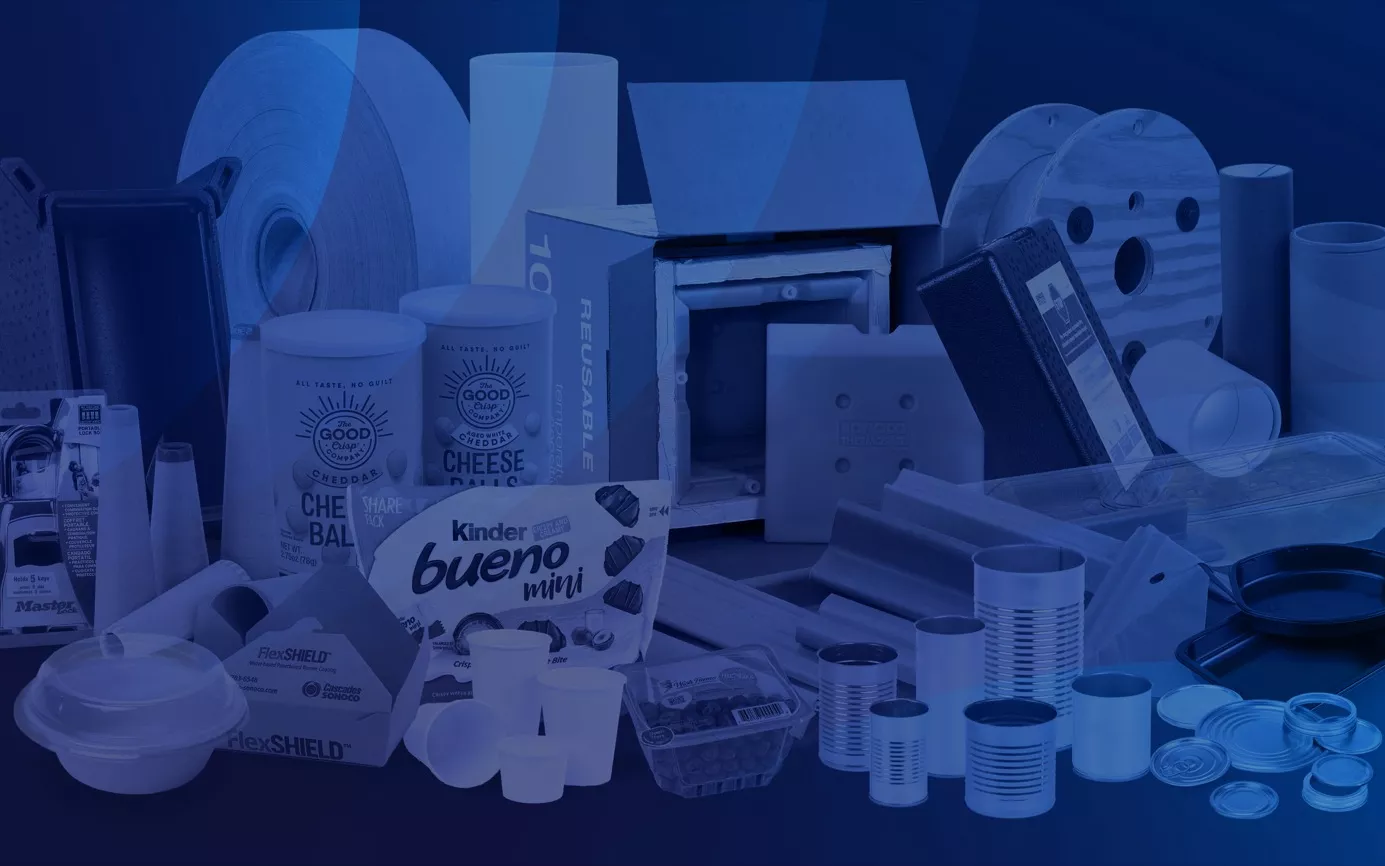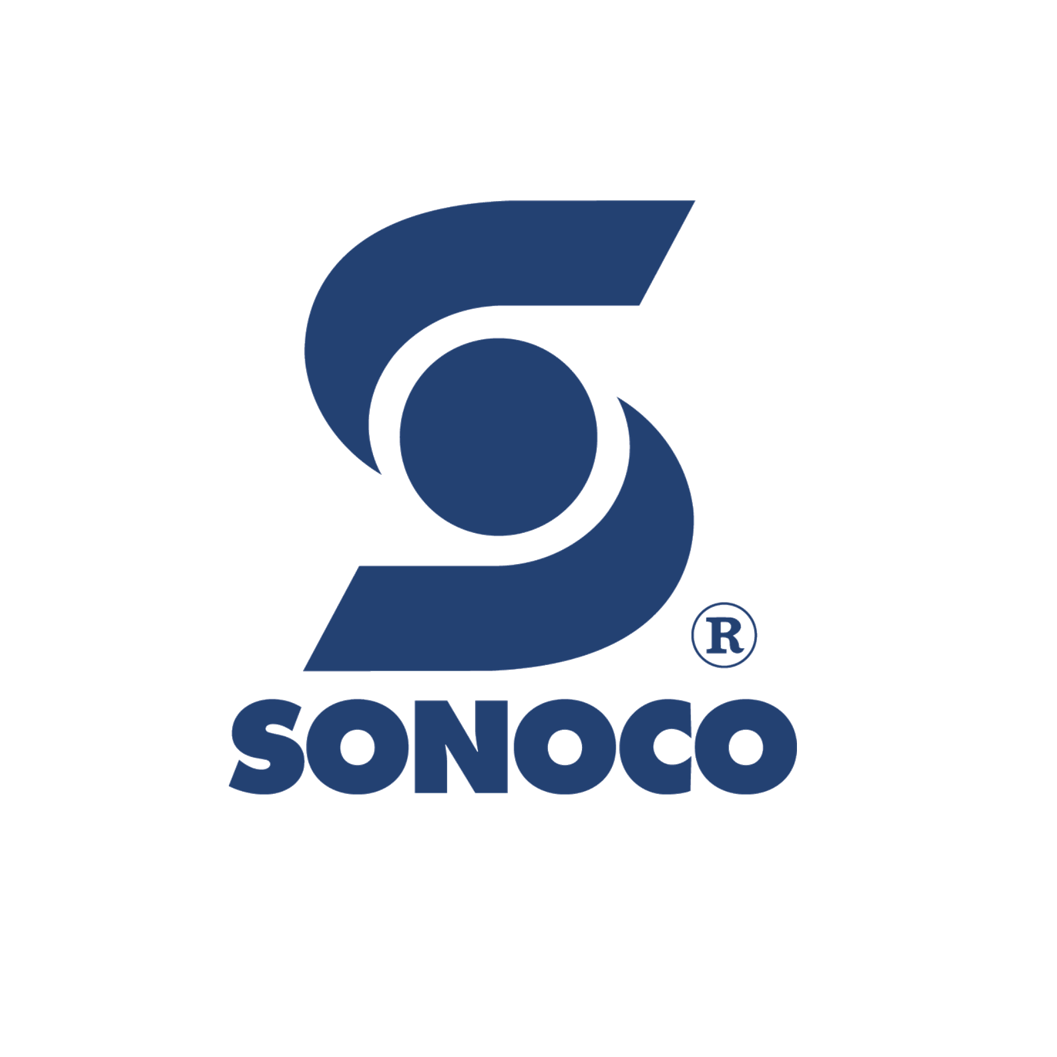As more brands publicly pledge to reduce their carbon footprint and incorporate sustainability into their business practices, packaging operations are also looking to collaborate to deliver on that promise.
Jeff Schuetz, vice president of global technology at Sonoco, recently spoke at PMMI’s Top to Top Summit. The three-day event brought together industry leaders to discuss current issues and solutions around sustainability and other manufacturing trends.
Schuetz spoke about achieving the promise of sustainable packaging through supply chain collaboration. The perspectives presented at PMMI and the panel discussion concluded that with realistic timelines, collaboration across the supply chain, and balance through automation and strategic partnerships, we can make efficient strides toward sustainability.
Delivering on Sustainability Commitments
Large consumer product companies have begun to listen to consumers and consider their own responsibilities in terms of environmental sustainability. Their commitments are commendable, with many committing to improvements by 2025. As a result, deadlines are fast approaching for operations functions to turn these commitments into reality.
The expectation that new packaging will be operational and ready for qualification, MRP, and ultimately commercialization as soon as it is developed has put some operations in a bind. But this pressure also presents great opportunities for innovation and collaboration in manufacturing.
Sonoco has maintained a strategy of developing new packaging in a pilot plant environment, which allows the development process to proceed without disrupting company or customer operations.
But there is always risk. While development work may be 90% complete in the lab, there is always the possibility that something will be overlooked once it enters production.
"What really makes a difference is our ability to communicate with all of our buyers. This has an impact not only on customer purchases but also on operational purchases," Schuetz said. Having conversations with the people who will produce and use the product early on allows packaging designers to not only design for the end user but also enable seamless production.
Collaboration between suppliers
When the conversation turns to collaboration between suppliers, the success rate of achieving sustainability commitments is higher. As the industry stands, collaboration between packaging suppliers and equipment suppliers is not natural because they are not our suppliers, but our customers’ suppliers. However, building bridges, establishing connections, and in some cases alliances, ultimately leads to the best solutions.
For example, as the fresh-cut produce sector moves away from plastic clamshells to buckets with flexible lids filled with vibrant mixed salads, Sonoco had the opportunity to connect with the main equipment supplier responsible for sealing produce packaging and develop a system solution that is production-ready for the end user. Through this collaboration, we are confident in a solution because we have optimized the materials and equipment before engaging with the customer base.
In addition to creating new packaging solutions within the company, gathering input on consumer impact as early as possible is also integral. When producers get too close to the product, the consumer’s intuition can be forgotten. They receive a new, sustainable, and well-made product, but do they know how it should be opened? How should it be stored? For packaging innovation to be successful in the long term, it starts with communication with the consumer.
Preparing for Packaging Changes
How does this affect suppliers? The trend toward replacing plastic with paper products can improve the environmental impact and recyclability of packaging. This is good news for sustainability. But it’s not always the best solution because consumers can’t see through it. Another disadvantage is using equipment designed for plastic.
Equipment designed to run thin plastics can’t run stiff paper without some kind of modification. Most packaging operations are optimized for yesterday’s products, not tomorrow’s products. But the promise of reducing environmental harm by 2025 is just around the corner. How can the industry prepare?
“One of the gaps we see is a lack of understanding, even within the industry, about what packaging is or isn’t recyclable. Operations people need to be included in the discussion of a company’s packaging strategy,” Schuetz said.
The better the understanding of strategy among suppliers, the more opportunities there are to collaborate and ultimately provide the best product to consumers while effectively delivering on sustainability promises.
Retrofit and Automate, Not Replace
Supporting the right product with the right partner requires the right technology. Sonoco’s view on equipment retrofits is more focused on replacing parts than replacing equipment completely. While there will be a difference in cost, spending thousands of dollars rather than millions is preferable in any market. But it’s not just about the money.
In the case of the EnviroSense® PaperBlister™, Sonoco makes the equipment that forms the packaging. We developed a replacement package for the existing sealer. When the parts on the equipment change, they can run the new paper blister, which includes a display package and is recyclable in the paper stream, but still run the old format on the upgraded system. We also have our own technicians implement the changes on the customer’s equipment so they can reduce downtime and not have to ship machines back and forth.
Another topic at the PMMI Top to Top Summit was the impact of labor shortages on automation. Automating manual tasks increases productivity and reduces the need for manpower. But without human intervention, there is a need for smarter packaging.
Automation also affects the cost to consumers of sustainable packaging. Consumers say they are willing to pay more for recyclable products, but their behavior is not always met when faced with higher-priced options. This is not necessarily their responsibility, but is another aspect to consider when balancing overall costs.
Balancing needs to find the best solution
"It's not a matter of making choices, but finding a solution that meets cost, environmental and performance needs," said Schutz. "There are many solutions, but only one is the best."
To recover from the supply chain disruptions and shutdowns of the past few years while also delivering on the promise of sustainability requires balance and collaboration. Change brings disruption to the current production environment.
Involving suppliers from beginning to end and creating opportunities for collaboration will provide the packaging industry with the best advantage to meet current needs while delivering on the sustainable promise of the future.
For more articles please click on the link:https://www.sonocochina.com/pmmi-top-top-balancing-needs-best-solution

Contact information of Sonoco China Factory:
Sonoco (Taicang) Packaging Co., Ltd.
Address: No. 3 Nanjing East Road, Taicang City, Jiangsu Province (Dacheng Industrial Park) 215400
Tel: 0512-53201921
 Follow official account
Follow official account
 Online support
Online support
 鄂ICP备2022017323号
鄂ICP备2022017323号
 鄂公网安备 42018502006493
鄂公网安备 42018502006493

